Plantago Benefits |
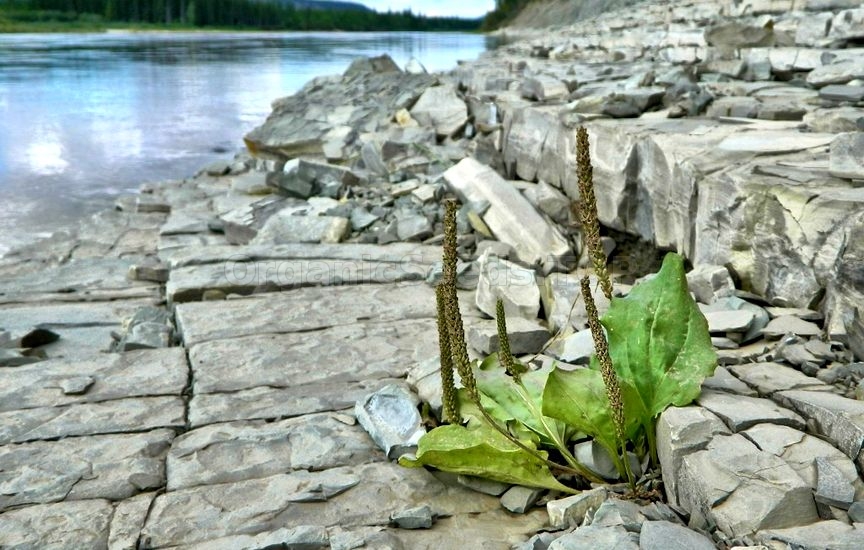 The plantains used as medicinal herbs are low-growing plants that you can find growing almost anywhere. In some circles plantain is regarded as a weed, but it’s actually one of the best healing herbs on the planet. Plantains have a long history of being used as food plants and healing herbs in many diverse cultures around the world. The Native Americans used it to heal wounds, cure fever, and to draw out toxins from stings and bites, including snakebites. You might have come across mainly two types of plantains; the ones with broad leaves called Plantago major and the narrow-leaved type P. lanceolata. You can use either one for healing purposes, depending on the availability in your locality, but most herbalists seem to prefer the broadleaf plantain with larger, but softer, edible leaves. Health Benefits Of Plantain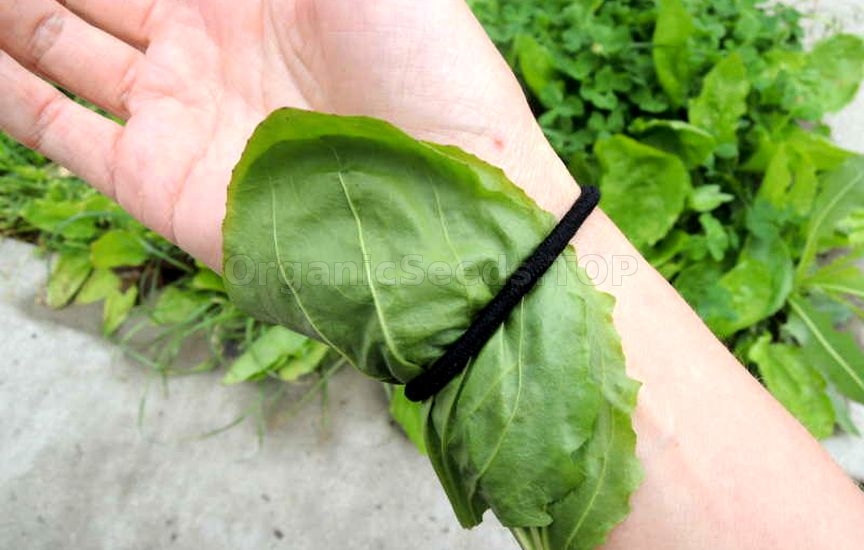 Plantains have wide-ranging antimicrobial properties besides being anti-inflammatory and analgesic. It can not only soothe insect bites and superficial wounds but prevent infections and accelerate healing. An active biochemical aucubin is mainly responsible for the antimicrobial action of the herb. Another substance allantoin in the herb helps with skin tissue regeneration.
Plantains also have an astringent property that has a cleansing effect on the body. It helps dry up excess secretions in the respiratory tract and the digestive system, thus being useful in treating colds and diarrhea. The astringency is moderated by the demulcent effect of the mucilage in the herb, so this herbal remedy is much gentler than other commonly used astringents. The edible leaves of broadleaf plantain are rich in calcium and other minerals and vitamins, including Vitamin K. This vitamin helps stem bleeding from cuts and wounds. Tender leaves can be eaten fresh in salads, but older leaves have to be cooked. How To Collect Plantain Herb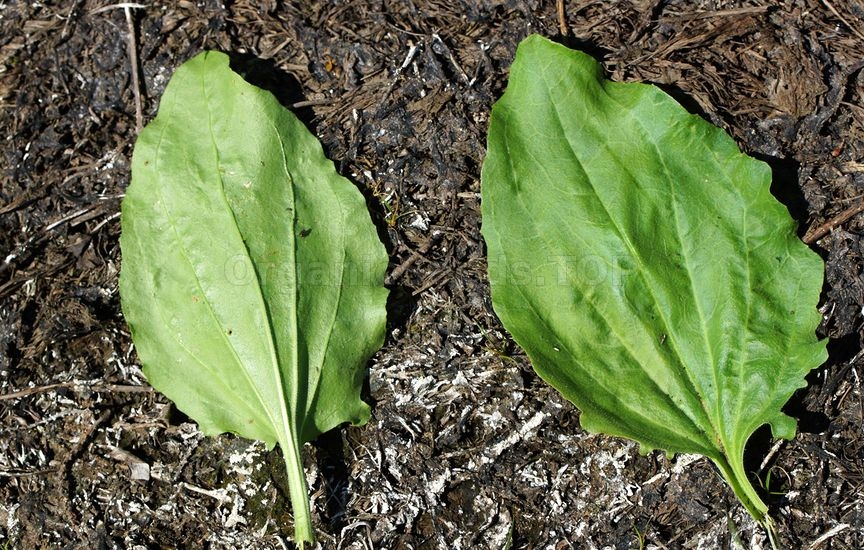 Despite their medicinal and nutritional value, plantains have a weed status, and are, in fact, invasive in many areas. If you find them growing in abundance in wastelands in your area, it’s better to gather them from there, rather than introduce them into your garden. But make sure that the area is clean, and not chemically treated.
Most importantly, you should be able to positively identify the correct plant. The plants don’t have any stems above the ground. All you see is a tuft of leaves coming from a point. The characteristic flower stalks help identify plantain among other rosette-forming plants, but they may not be present all the time. If you are in doubt, get the help of a knowledgeable person. Plantain leaves are mainly used for herbal preparations, so it is best to pick just the leaves, rather than dig out the entire plant. Pinch off unblemished leaves, selecting slightly mature ones over the very tender leaves, unless you’re planning to use them in salads. Mature leaves have a higher concentration of potent phytochemicals. How To Use Plantain For Healing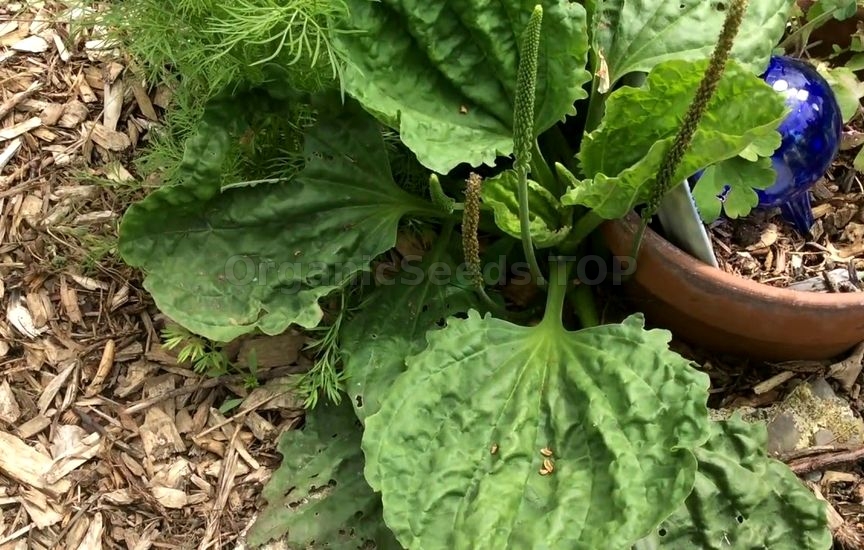 Plantain is used to treat a variety of everyday problems, from mosquito bites and skin rashes to kidney problems and gastrointestinal inflammatory diseases. Let’s see how you can use this herb for healing.
How To Make Plantain Poultice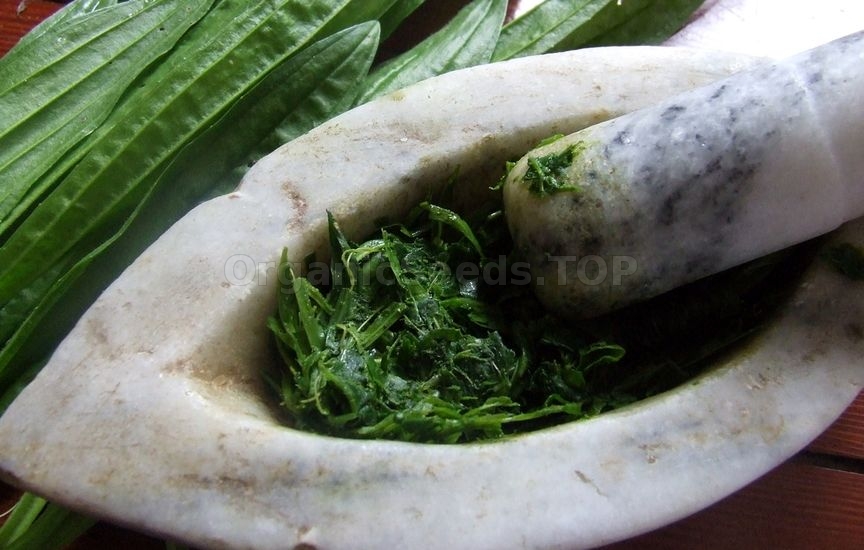 This is the quickest, and reportedly the most effective, way to use this healing herb. Keep a mental note of where you can find it in the garden or yard in an emergency. In case of an insect bite, bee sting, or poison ivy exposure, grab a few leaves, crush them between the palms, or pound them with a stone, and apply directly on the skin. If you are using it on yourself, just chew the leaves and use it as a poultice.
The mucilage from the bruised leaves will immediately soothe the pain while the anti-inflammatory effect of the herb reduces swelling and redness. The poultice will also draw the toxins from the sting, so it works best when applied immediately. How To Make Plantain Tea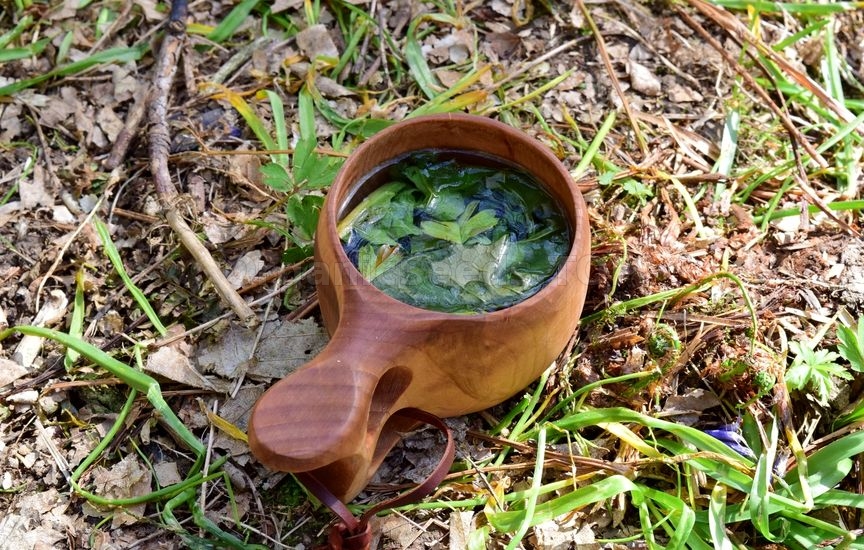 You will need:
Drink 1-2 cups of this plantain tea a day to control diarrhea or to get relief from the symptoms of cold and fever. You can drink it plain or add honey for taste. It can bring relief to people who have stomach ulcers, IBS or other inflammatory diseases of the gastrointestinal tract. Plantain tea can be used as a general tonic too. Use plantain tea topically to wash wounds, boils, and skin damaged by sunburn, rashes, eczema etc. How To Make Plantain Salve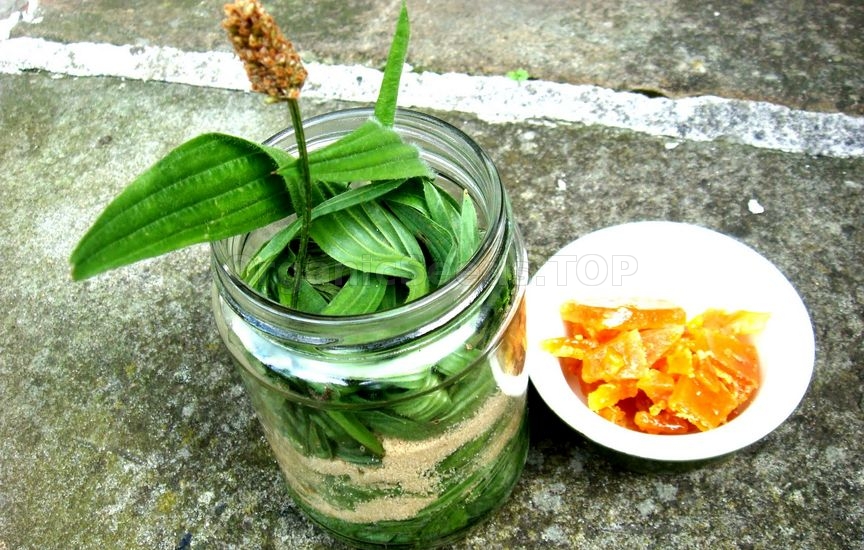 Keeping a tub of plantain salve handy can be so useful in situations when you cannot run out to get the herb. It is an excellent first aid for cuts and bruises, insect bites, poison ivy attacks, and skin rashes and eruptions that suddenly appear for no apparent reason. You can even use it in small amounts as a diaper cream for babies.
Tips:
You may need:Plantago Major Seeds«Indian» - Organic Fleaworts Seeds (Plantago Arenaria) |
|
|
